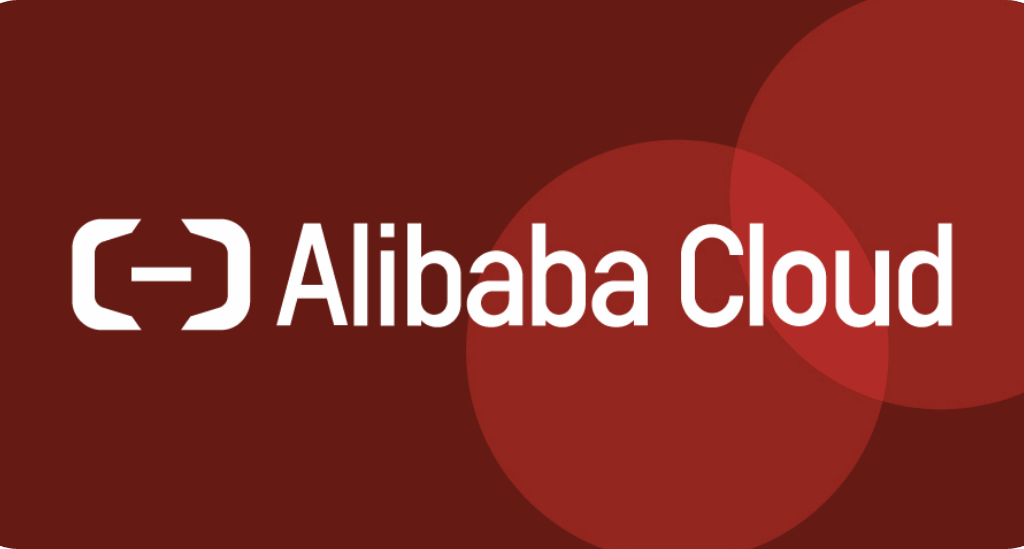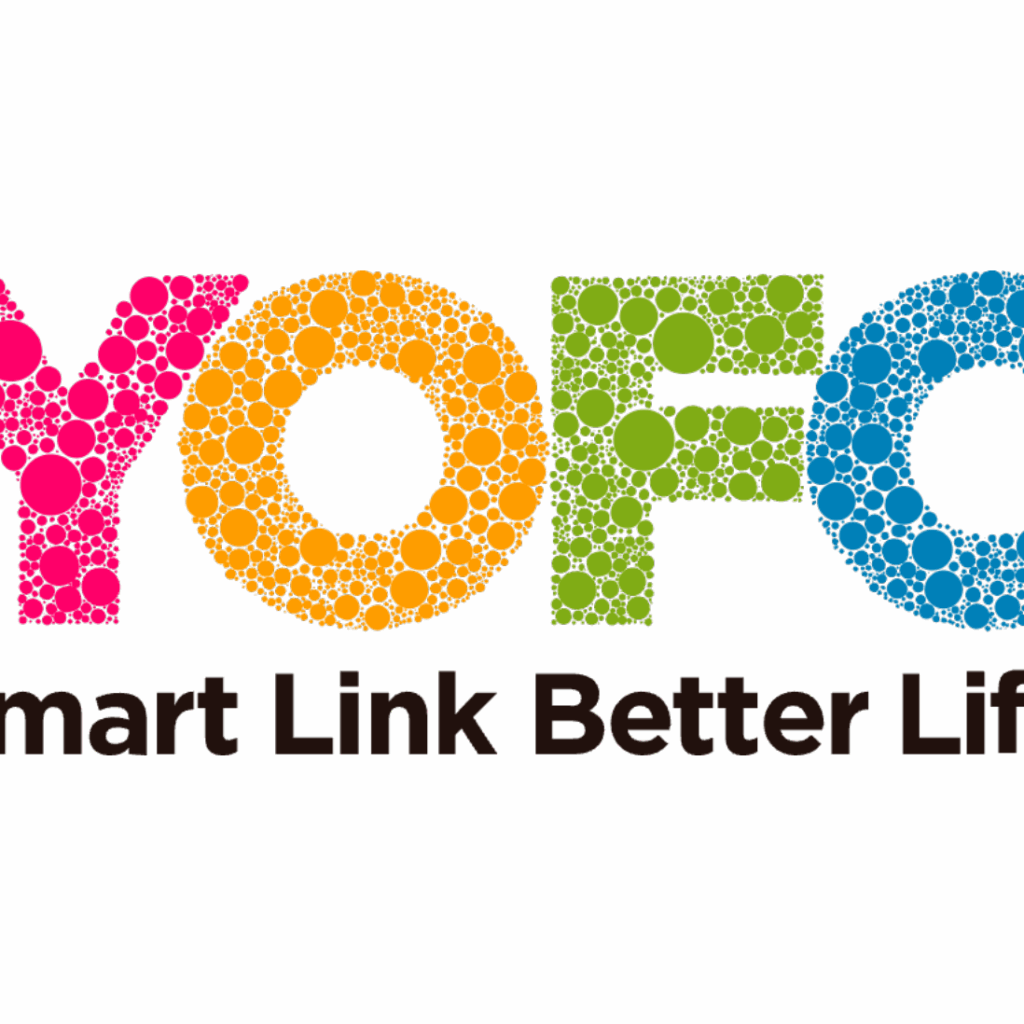In the “higher for longer” interest rate environment of 2025, CFOs are under immense pressure. The cost of capital is high, and supply chain disruptions remain a constant threat to profitability. In this landscape, simply managing finances is not enough; the modern CFO must be a strategic architect of both financial health and operational resilience.
This is where Supply Chain Finance (SCF) evolves from a niche financial tool into a core strategic imperative. This guide will explain what SCF is, why it’s critical for today’s CFOs, and how digital platforms have unlocked their full potential.
What Exactly is Supply Chain Finance (SCF)?
At its core, Supply Chain Finance is a set of technology-driven solutions that optimise cash flow by allowing businesses to offer early payment to their suppliers or receive early payment from their buyers.
Think of it as a balancing act. Your company (the buyer) wants to extend its payment terms to improve its working capital (Days Payable Outstanding – DPO). However, your supplier needs to get paid quickly to manage their own cash flow (Days Sales Outstanding – DSO). These conflicting needs can create friction and risk in your supply chain.
SCF acts as the fulcrum that balances these needs. It uses the financial strength of the large buyer to provide low-cost financing to the suppliers. Unlike a traditional bank loan, SCF is not about creating new debt; it’s about unlocking the value of liquidity already trapped in your existing trade payables and receivables. This makes it a powerful tool for businesses to help close the multi-trillion-dollar Global Trade Finance Gap, which disproportionately affects the small and medium-sized enterprises (SMEs) in their supply chains.
Why CFOs Must Champion SCF in 2025
For the modern CFO, SCF is no longer just an operational tool for the procurement department. It’s a strategic lever with direct, measurable impacts on the company’s most important financial metrics.
Optimise Working Capital and Fortify the Balance Sheet
The most immediate benefit of a well-executed SCF program is the direct impact on working capital. By standardising and extending payment terms with your suppliers – while still giving them the option to get paid early – you can significantly increase your Days Payable Outstanding (DPO). This directly improves your Cash Conversion Cycle (CCC), freeing up cash that would otherwise be tied up in the supply chain. In a high-interest-rate environment, this internally generated liquidity is far cheaper and more flexible than external borrowing.
De-Risk the Supply Chain and Build Supplier Resilience
A supplier struggling with cash flow is a major risk to your operations. A delay in their component delivery can halt your entire production line. By providing your suppliers with access to affordable, on-demand financing, you are directly investing in their stability. This is a powerful risk management tool. Financially healthy suppliers are more reliable, more innovative, and better partners in the long run.
Reduce Cost of Goods Sold (COGS) and Generate Returns
SCF programs can also directly impact your P&L. Through Dynamic Discounting, a form of self-funded SCF, a company with excess cash can offer early payment to suppliers in exchange for a discount on the invoice. This discount generates a high-yield, risk-free return on your cash, effectively lowering your COGS.
How Digital Platforms Have Revolutionised SCF
Traditionally, SCF programs were manual, paper-intensive, and only viable for a company’s top 10-20% of suppliers. The operational costs were too high to serve the “long tail” of smaller suppliers.
Digital SCF platforms have completely changed the game. Here’s how:
- Automation: Platforms automate everything from supplier onboarding to invoice approval and settlement, drastically reducing operational costs.
- Scale: Digital solutions make it possible to extend financing offers to thousands of suppliers globally, not just a select few.
- Data & Visibility: They provide a single source of truth for all transactions, offering CFOs unprecedented visibility into their value chain’s financial health.
- Bank-Agnostic: The most advanced platforms, like TASConnect, have multiple banks on the platform. This means a CFO can manage their SCF programs with all of their different banking partners through a single, integrated platform, breaking free from siloed, single-bank solutions.
The CFO’s Action Plan
Ready to explore how SCF can transform your financial operations? Here’s a simple three-step plan for getting started:
- Analyse Your Cash Conversion Cycle: Identify where cash is trapped. Are your DPO and DSO metrics optimised?
- Segment Your Suppliers: Identify which suppliers are critical to your operations and which might be most in need of liquidity support.
- Evaluate Your Tech Stack: Assess how a digital SCF platform could integrate with your existing ERP system to automate workflows.
Choosing the right technology partner is the most critical step in your SCF journey. Explore how we helped Lenovo automate their global SCF processes, or take a deeper dive into our strategic solutions designed specifically for CFOs.








